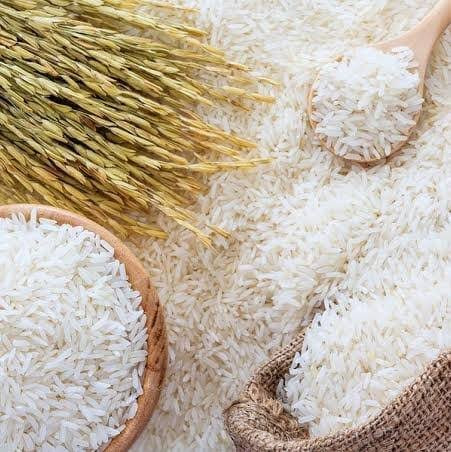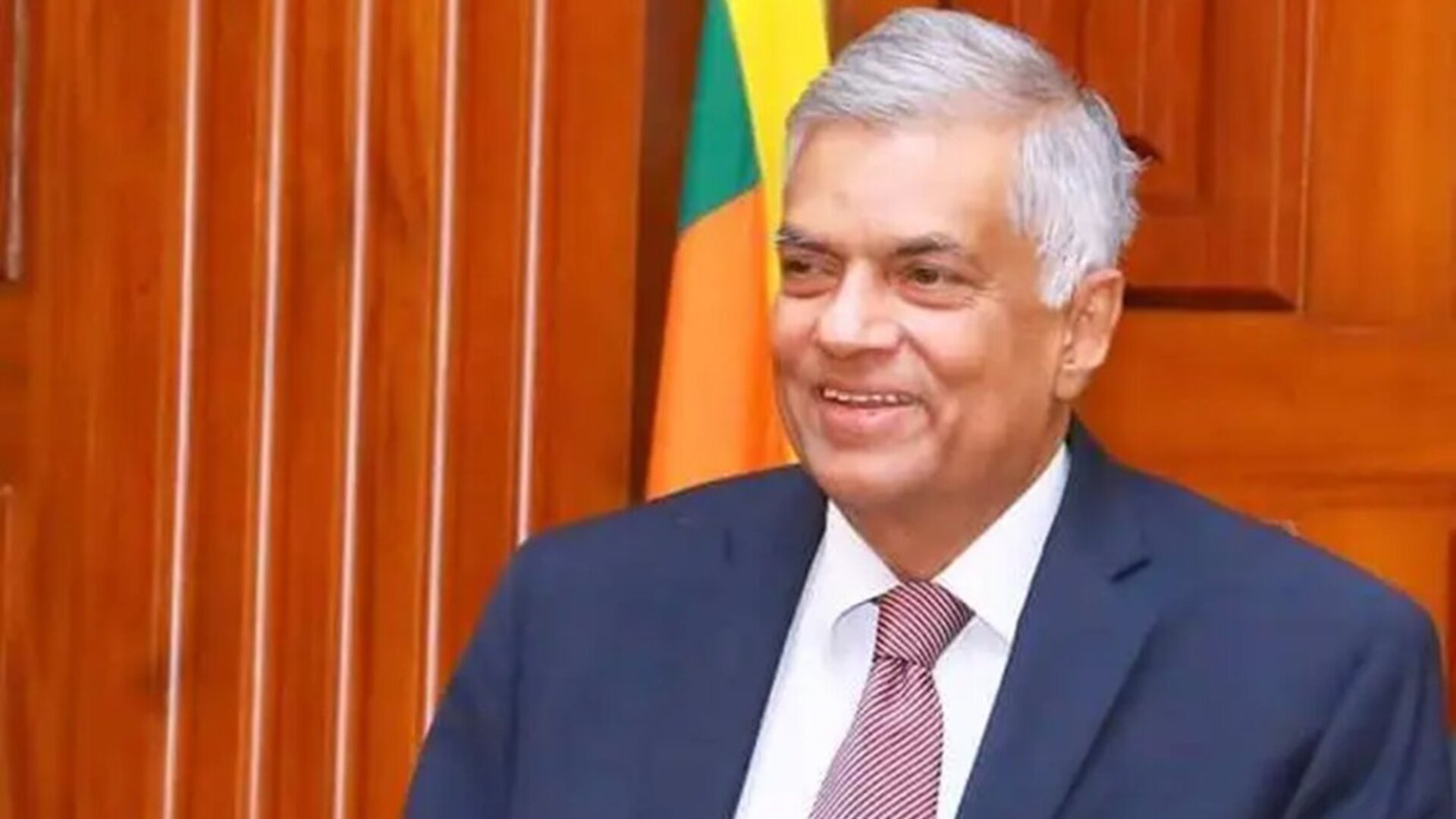
Rice production is expected to be good this Boro season. However, despite the increase in production, there is little hope of a significant drop in prices.
Boro season produces the most rice in the country. Boro’s season has not been a disaster. Paddy harvesting has already started in Howar. Paddy has started ripening in northern and southern regions as well. Cutting somewhere.
The United States Department of Agriculture (USDA) said in a report on grain food in Bangladesh on April 9, they believe that the cultivation area in Bangladesh has increased by 50 thousand hectares to 4.9 million hectares in this Boro season. And rice production can increase by 5 lakh tons to 2 crore 5 lakh tons.
Three factors are being brought forward as the reason for the price not falling significantly: 1. Rising cost of rice production. Two. Ban on India’s rice exports is high in the global market and a cost-effective source for Bangladesh. Four. The US dollar crisis in Bangladesh and the appreciation of the dollar, which made rice imports expensive.
The USDA report also mentions that the price of rice is unlikely to decrease from the current level.
Sources in the Ministry of Food and Agriculture say that the government does not want the farmers’ interest in production to decrease due to the fall in the price of rice. For this reason, they want the price of rice to be close to the current level.
If you want to know, Food Secretary. Ismail Hossain told media, “Boro rice has started growing.” I hope that the price of rice will decrease from what it was for so long. However, it should be ensured that the farmers get good prices and that the prices do not fall too much. Because the cost of production has also increased, we have to keep that in mind.
According to the government agency Trading Corporation of Bangladesh (TCB) yesterday Saturday, a kilogram of coarse rice is now being sold at Tk 50 to Tk 52 in the Dhaka market. Medium rice is being sold at 55 to 58 taka and thin rice at 65 to 76 taka per kg. Rice prices have increased by 2 to 5 percent compared to a month ago.
The price of rice has increased since 2020 in the country. At the beginning of that year, a kg of coarse rice was Tk 30 to Tk 35. After that, rice was imported at various times, import duties were reduced, market raids were carried out, prices were fixed—nothing could bring down the price.
Rice production will increase, along with demand
According to the calculations of the Ministry of Food, the government stock of rice in the country was more than 8 lakh 77 thousand tons till April 17. There are three paddy growing seasons in the country – Boro, Aman and Aush. About 2 crore tonnes of rice is produced during Boro season, which is more than 50 percent of the total production.
According to the USDA forecast, Bangladesh can produce 37.8 million tonnes of rice in three seasons in the 2024-25 marketing year, which is 7 million tonnes more than the previous marketing year.
However, the demand is also increasing with the production. According to the USDA, rice consumption in the 2024-25 marketing year could stand at 38 million tons, which is about 1 percent higher than the previous year. The use of broken rice is increasing in various fields including poultry, fish, animal feed. Because broken rice is cheaper than imported materials. A USDA report, citing a study by the Food Planning and Management Unit, says that about 3.5 million tons of broken rice are used as animal feed ingredients annually.
Rice is the staple food of the people of Bangladesh. After rice, wheat has the highest demand as a food grain, about 7 million tons. However, due to rising prices in the world market and the dollar crisis, wheat imports are relatively low. Market analysts also think that the demand for rice has increased.
Director General of Bangladesh Rice Research Institute (BRI). Shahjahan Kabir told media that this year the production of rice in the country will exceed 4 crore tons, which is at least 4 million tons more than the country’s demand. As a result, there is no need to import rice. He said, the way the prices are increasing in the international market, it cannot be imported. Initiatives should be taken to increase the production of rice in the country.
However, there are questions about the account given of demand and production. Traders feel that production is always said to be much higher than demand. So why import? According to the USDA, the government reduced tariffs on rice imports last February. The rate has been fixed at 15 percent from 62 and a half percent. However, importers did not show interest in importing rice. Because the price is high in the world market and there is a dollar-crisis in the country.
Production costs are increasing
The Ministry of Agriculture last week finalized the calculation of paddy and rice production cost for Boro season. It has been seen that this time the production cost per kg of paddy is 31 taka 60 paisa. And the cost of rice production is about 45 rupees, which is about 4 rupees more per kg than last year.
According to the Bangladesh Rice Research Institute (BRI), the cost of producing 1 kg of rice in Boro in the last fiscal year 2023-24 increased by Tk 3 compared to the previous year to around Tk 41. Cost of production has gone up due to rise in fuel oil, electricity and fertilizer prices.
According to the USDA, last year the government increased the price of fertilizer by 5 rupees per kg. In addition to this, the rise in fuel oil prices in recent years has increased the cost of irrigation. Farmers had to resort to artificial irrigation due to less rain at the beginning of the last Amon season. Excessive temperatures in the boro have led to increased irrigation costs. This time the wages of agricultural laborers in Boro were 30 to 40 percent higher. The price of seeds has gone up. All in all, the production cost of rice has increased.
HR Khan Pathan, general secretary of Bangladesh Auto, Husking, Major Rice Mill Owners Association, told media that the price of rice has not decreased yet despite the arrival of new rice in the market. As a result, the price of rice is not decreasing. He said if the price falls more than now, farmers, paddy owners and traders will all suffer losses. The cost of production must be increased.
Production costs are increasing
The Ministry of Agriculture last week finalized the calculation of paddy and rice production cost for Boro season. It has been seen that this time every kg of paddy yield.
31 taka 60 paise has been spent on padan. And the cost of rice production is about 45 rupees, which is about 4 rupees more per kg than last year.
According to the Bangladesh Rice Research Institute (BRI), the cost of producing 1 kg of rice in Boro in the last fiscal year 2023-24 increased by Tk 3 compared to the previous year to around Tk 41. Cost of production has gone up due to rise in fuel oil, electricity and fertilizer prices.
According to the USDA, last year the government increased the price of fertilizer by 5 rupees per kg. In addition to this, the rise in fuel oil prices in recent years has increased the cost of irrigation. Farmers had to resort to artificial irrigation due to less rain at the beginning of the last Amon season. Excessive temperatures in the boro have led to increased irrigation costs. This time the wages of agricultural laborers in Boro were 30 to 40 percent higher. The price of seeds has gone up. All in all, the production cost of rice has increased.
HR Khan Pathan, general secretary of Bangladesh Auto, Husking, Major Rice Mill Owners Association, told media that the price of rice has not decreased yet despite the arrival of new rice in the market. As a result, the price of rice is not decreasing. He said if the price falls more than now, farmers, paddy owners and traders will all suffer losses. The cost of production must be increased. Rice price hike has the biggest impact on inflation. This is because rice is given more importance in the calculation of inflation. High inflation is prevailing in the country since August 2022. Meanwhile, to prevent manipulation and artificial price increase in the rice market, the government is now planning to write the name of the variety on the bag and fix the price for each variety across the country.
Mohammad Jahangir Alam, Professor of Agricultural Business and Marketing Department of Bangladesh Agricultural University, told media that the price of rice and other food products cannot be reduced by applying pressure and fixing prices. Competition in the market should be increased. It should be ensured that the supply of rice and other consumer goods is not monopolized to a few companies. Because, cash flow, easy bank credit and leverage have become important in the rice market. He said, if we ensure that different businesses can compete in the market, the price will be at a reasonable level.

 Reporter Name
Reporter Name 


















